how do I calculate...
hairmetal4ever
19 years ago
Related Stories
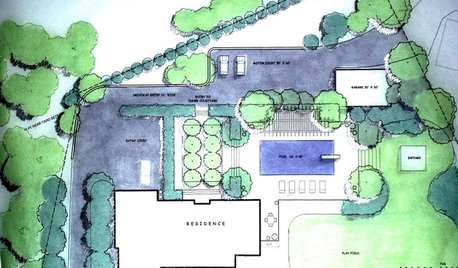
CONTRACTOR TIPSHow to Calculate a Home’s Square Footage
Understanding your home’s square footage requires more than just geometry
Full Story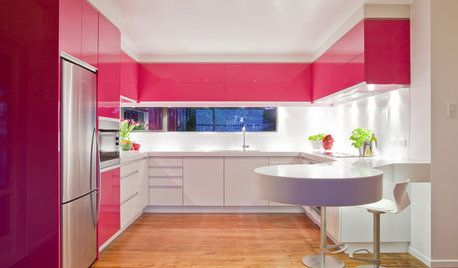
DECORATING GUIDESYour Decor: The Joy of the Calculated Risk
Celebrate the Color and Surprise of Highly Personalized Homes
Full Story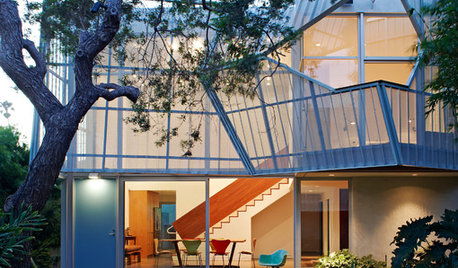
DECORATING GUIDESCelebrate Geometry for a Sharp-Looking Design
Take a calculated approach to design by incorporating crisp lines and angles that add structure to free-flowing forms
Full Story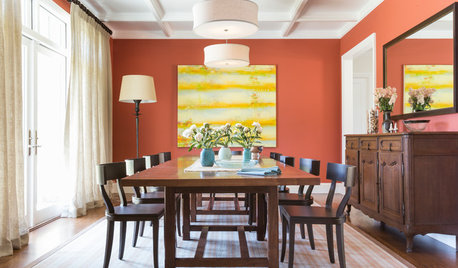
PAINTINGHow Much Paint Do You Need?
Calculate the number of cans to avoid buying too much or too little
Full Story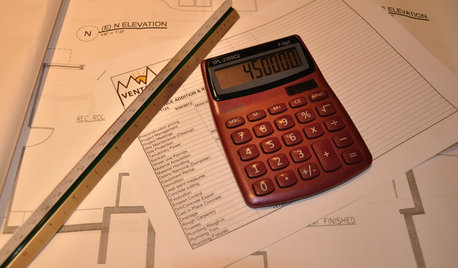
CONTRACTOR TIPSLearn the Lingo of Construction Project Costs
Estimates, bids, ballparks. Know the options and how they’re calculated to get the most accurate project price possible
Full Story
LIFEThe Polite House: How Can I Tell a Construction Crew to Pipe Down?
If workers around your home are doing things that bother you, there’s a diplomatic way to approach them
Full Story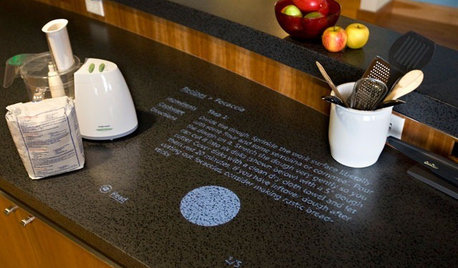
HOME TECHComing Soon: Turn Your Kitchen Counter Into a Touch Screen
Discover how touch projection technology might turn your tables and countertops into iPad-like devices — and sooner than you think
Full Story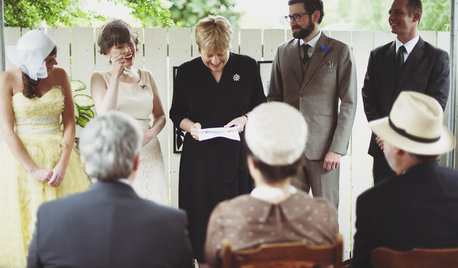
WEDDINGSHouzz Call: Show Us Your Backyard Wedding!
Did you say ‘I do’ at home? We want to hear and see everything about it. Share your photos and you could be featured in an upcoming ideabook
Full Story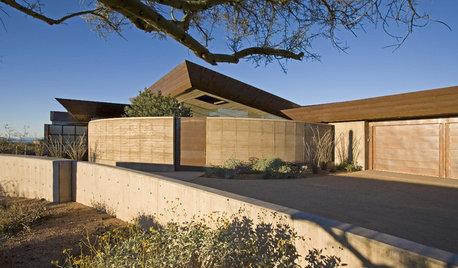
COMMUNITYNeighborhood Walkability: Get the Score
Hoofing it around is way easier when everything is near your house — and one tool tells you how walkable an area is before you move
Full Story
GREAT HOME PROJECTSHow to Switch to a Tankless Water Heater
New project for a new year: Swap your conventional heater for an energy-saving model — and don’t be fooled by misinformation
Full StoryMore Discussions






jkirk3279
shrubs_n_bulbs
jkirk3279
shrubs_n_bulbs
hairmetal4everOriginal Author
hairmetal4everOriginal Author
shrubs_n_bulbs
hairmetal4everOriginal Author
shrubs_n_bulbs
hairmetal4everOriginal Author